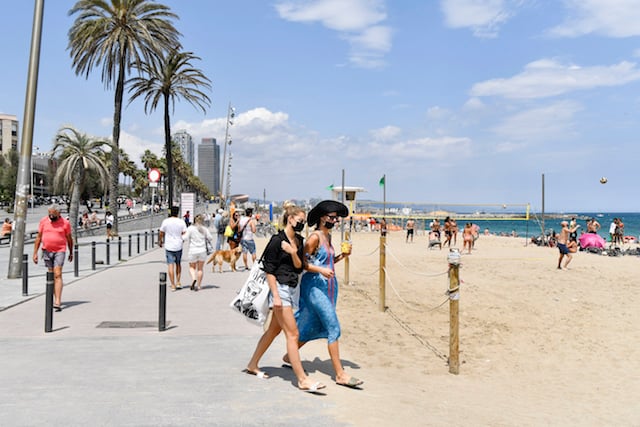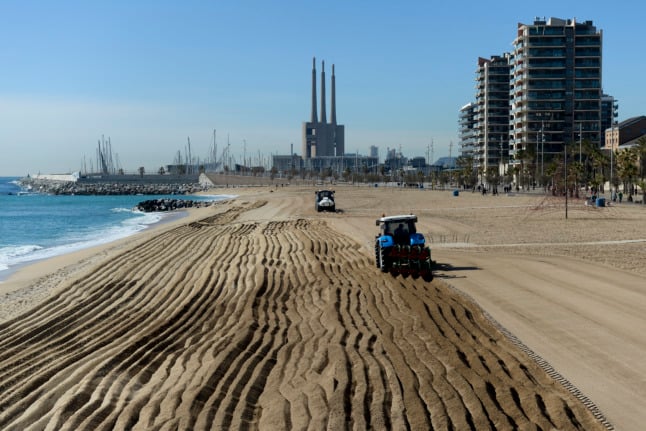“We have put in place the structures necessary for Catalonia to be ready to enforce the will Catalans express in the October 1st referendum,” the head of the Catalan regional government, Carlos Puigdemont, told a news conference called to present the agency.
He has said Catalonia will declare independence from Spain within days if voters back secession the plebiscite. If the “No” side wins, an early election would be called to form a new government in the wealthy northeastern region.
Pro-separatist parties, which control the regional assembly in Catalonia, are expected to approve the law that lays the groundwork for the referendum on Wednesday.
Spanish Prime Minister Mariano Rajoy's conservative government has vowed to immediately challenge the law in the courts to stop the referendum, which its deems illegal.
It has also threatened legal action against top Catalan political figures involved in the plebiscite.
The Catalan tax agency has more than doubled its workforce to 800 employees from just 321 employees in 2015 when separatists won a clear majority of seats in Catalonia's parliament. It boosted the number of its offices to 32 from just four during this time.
The agency has also set up a new software programme which will allow it to collect all types of taxes within a few months.
Spain's central government currently collects most taxes and then distributes funds to regional administrations.
“The goal of this deployment is to have the capacity to manage taxes regularly and in a large scale,” Catalonia's vice-president Oriol Junqueras told the news conference.
Puigdemont said the Catalan tax agency would be “fairer” and “closer” to citizens.
Many in the region argue that Catalonia pays more in taxes to the central government than it receives in services and infrastructure.
Catalonia, a wealthy region of 7.5 million people with its own language and customs, has significant self-governing powers.
But economic doldrums, public spending cuts and perceptions of unfair taxes and the concentration of power in Madrid have fed support for independence.
Opinion polls show Catalans are evenly divided on independence. A large majority, however, want a referendum to take place to settle the matter.





 Please whitelist us to continue reading.
Please whitelist us to continue reading.